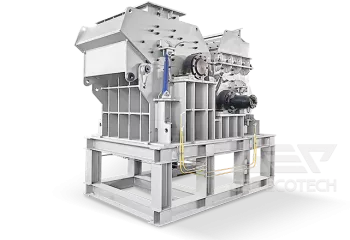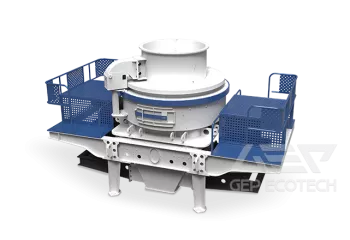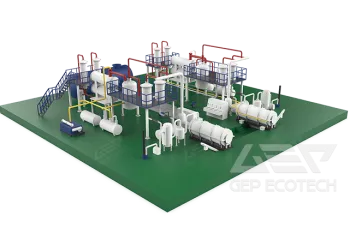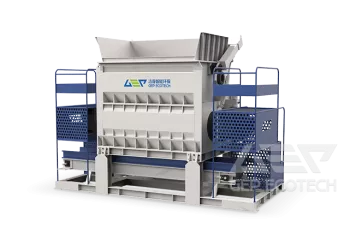Producing fuel from plastic waste can be achieved through a process called "plastic pyrolysis." Pyrolysis is a thermochemical decomposition of organic materials at high temperatures in the absence of oxygen. This process breaks down the long chains of polymers in plastic waste into smaller hydrocarbon molecules, which can then be used as fuel or further processed into valuable products like gasoline, diesel, or kerosene. Here's a general outline of how to produce fuel from plastic waste using pyrolysis:
- Collection and Sorting: Gather plastic waste from various sources and sort it based on its type. Different types of plastics have different chemical compositions, so it's essential to separate them for better efficiency during pyrolysis.
- Shredding: After sorting, the plastic waste needs to be shredded with professional plastic shredder into smaller pieces. This increases the surface area and makes it easier for the pyrolysis process to take place effectively.
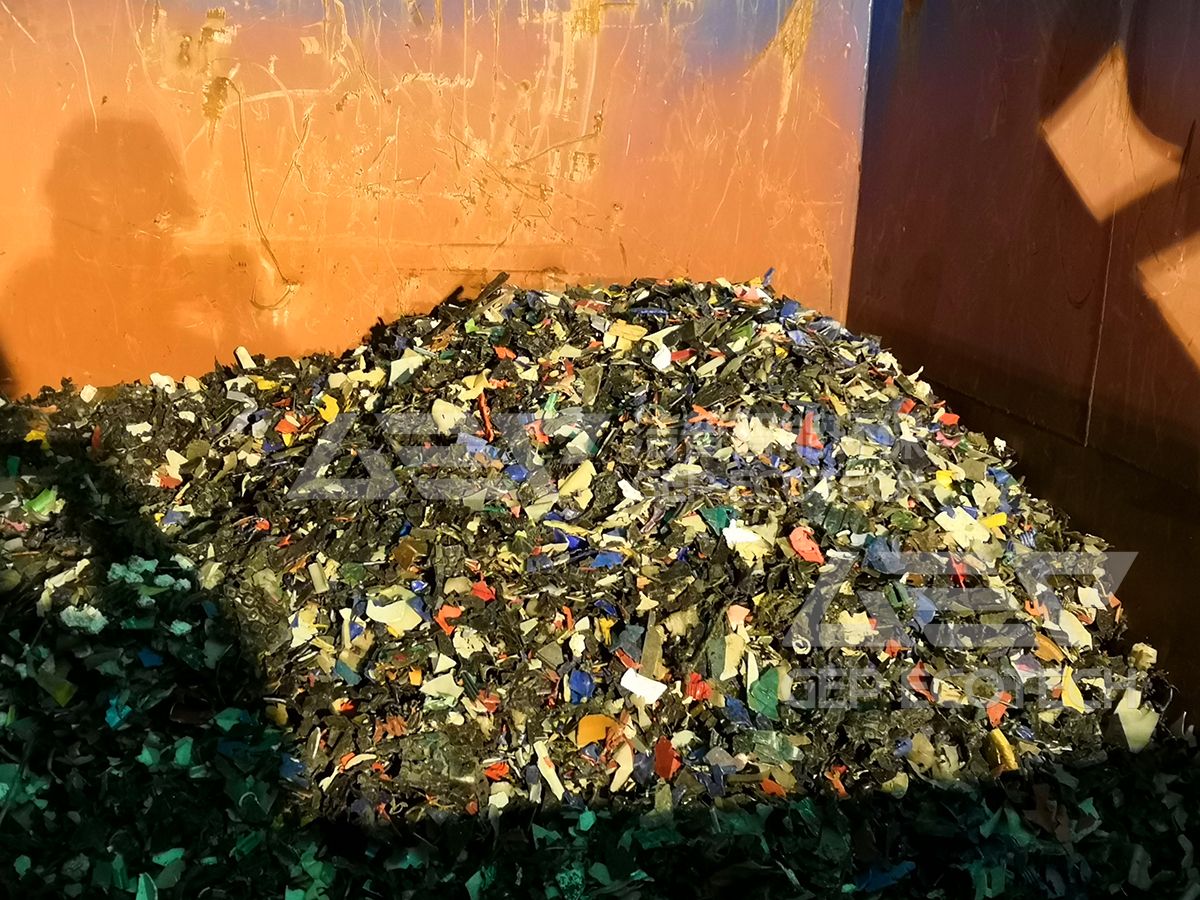
Shredded Waste Plastic
- Pre-treatment: Some plastic waste might contain impurities like moisture, dirt, or other contaminants. Pre-treatment involves removing these impurities to enhance the quality of the final product.
- Pyrolysis Reactor: The shredded and pre-treated plastic waste is then fed into a pyrolysis reactor, which is a chamber where the thermal decomposition takes place. The reactor is heated to temperatures ranging from 300 to 500 degrees Celsius in the absence of oxygen (anaerobic conditions).
- Collection of Pyrolysis Products: As the plastic waste undergoes pyrolysis, it breaks down into three main products:
a. Liquid/gaseous hydrocarbons: These are the fuel products that can be further refined into gasoline, diesel, or other fuels.
b. Char: Solid residue left behind, which can be used for various applications, such as activated carbon or carbon black.
c. Synthesis gas (syngas): A mixture of hydrogen and carbon monoxide that can be used for heat or converted into other chemicals.
Cooling and Condensation: The gases produced during pyrolysis are passed through a cooling system, where they condense into liquid fuel. The char is also collected separately.
- Further Processing: Depending on the specific end product desired, the liquid fuel obtained from pyrolysis might require further refining and treatment to meet fuel standards.
It's important to note that while plastic pyrolysis can be an efficient way to convert plastic waste into useful fuel, there are several environmental and economic considerations to take into account. The process requires careful handling of emissions, as it can release harmful gases and chemicals. Moreover, the overall sustainability and carbon footprint of this process should be evaluated to ensure it's a viable solution in the long run.


